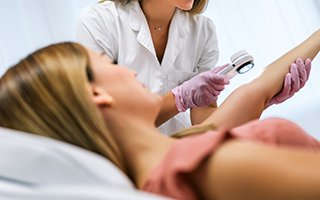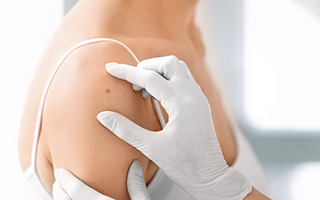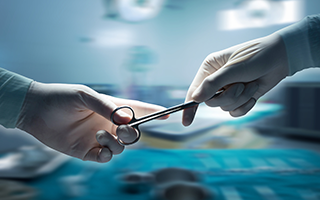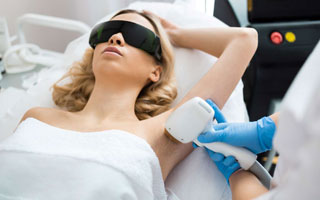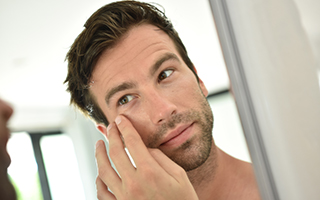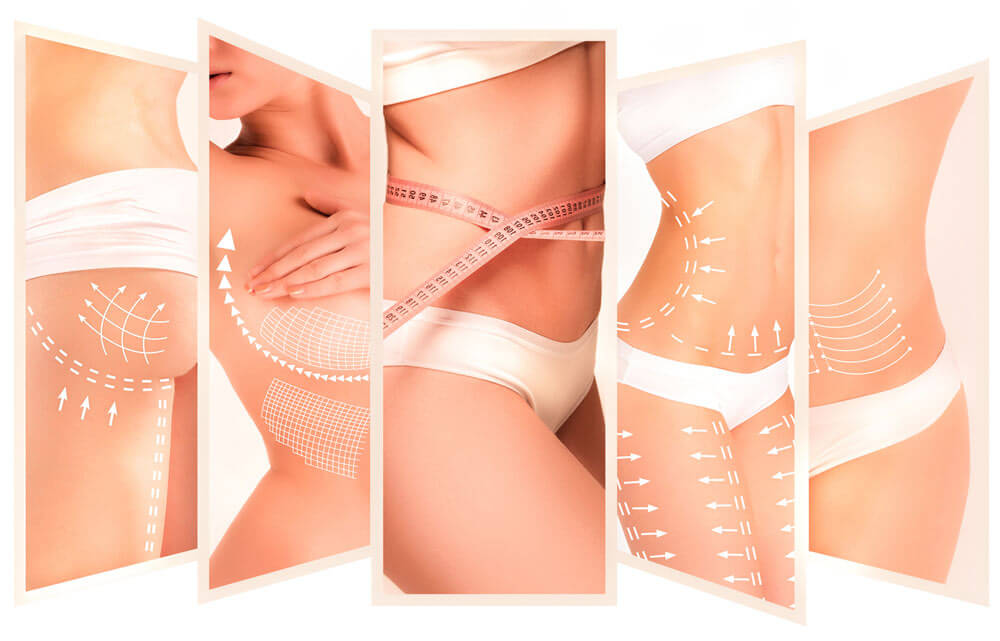It seems that the appeal of liposuction may be universal, as the International Society of Aesthetic Plastic Surgery revealed in its Global Aesthetic Survey that it is the second-most popular cosmetic surgical procedure of 2016 in the world, almost exactly mirroring this year’s national trends tracked by the American Society of Plastic Surgeons. Liposuction at Philadelphia area’s Cirillo Center for Plastic Surgery is one of the top procedures performed, and its board-certified and fellowship-trained plastic surgeon Dr. Laura Gowen explains why patients continue to have faith in it.
While it is known by many names (lipo, lipoplasty, lipectomy) with numerous advanced methods and techniques available today – ranging from tumescent to power-assisted to ultrasound-assisted and more – all forms of liposuction ultimately seek to perform the same action with the same goal in mind: to physically suction out stubborn pockets of fatty tissue to sculpt and better proportion one or more particular areas of the body.
A skilled plastic surgeon can perform both debulking and reshaping (or “liposculpting”) during the same procedure, as they remove or carefully reposition fat in select areas, to result in improved contours and a more proportionate physique.
General anesthesia or twilight/intravenous sedation may be used for the patient’s safety and comfort during liposuction, which is typically an outpatient procedure. Once they are relaxed or asleep, small incisions are made to suction out the fat. The actual method of fat removal will depend on the technique and/or device the surgeon uses).
“Wetting solution” or diluted local anesthesia is infused into the areas of operation to minimize any post-surgical bleeding or bruising, after which a slim hollow tube called a cannula is inserted into the incisions to gently loosen and dislodge the excess fat. The fat is then suctioned out using a syringe or surgical vacuum attached to the cannula.
Common but temporary post-surgical side effects (such as swelling, fluid retention, or bruising) should be expected. Once these subside, the improvements in the body’s contours will be noticeable.
Liposuction can be performed on almost any area of the body, but is most commonly used to slim and/or reshape:
- The abdomen and waist
- The inner and outer thighs
- The upper and lower back areas (especially bra fat)
- The hips and buttocks
- The upper arms
- The chest area
- The inner knees
- The face (mainly the neck, chin, and cheeks)
Today, it is commonplace to see liposuction used in conjunction with other procedures that call for the sculpting or reducing of fat in the areas to be treated. In many cases, the fat harvested from one part of the body through liposuction can be put into another area to augment it.
Procedures that utilize liposuction to either remove or transfer fat can include breast augmentation, breast reduction, tummy tuck, Brazilian butt lift, and more.
Dr. Gowen notes that while liposuction can involve removing fat from relatively large areas of the body and make some dramatic improvements, it will not result in marked weight loss, and cannot be used as a weight loss procedure in place of healthy eating and exercising. Liposuction also cannot effectively improve the appearance of cellulite or tighten loose, sagging skin.
The best possible candidates for liposuction are those who are at or close to their healthy goal weight and maintain appropriate diet and exercise habits. Liposuction can remove those persistent fat deposits that are resistant to these measures.
While the results vary from person to person and may be affected by subsequent weight gain or aging, the results can be long-lasting if patients continue to be committed to maintaining a healthy lifestyle.
To learn more about liposuction and determine whether it is right for you, contact the Cirillo Center for Plastic Surgery to request a consultation with Dr. Laura Gowen. Contact the practice online or call 610.525.0500.


-updt.png)


